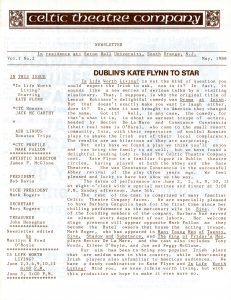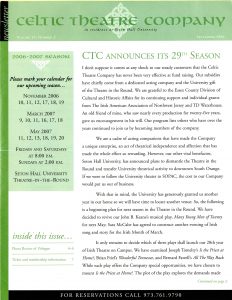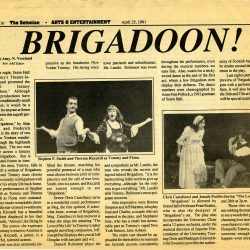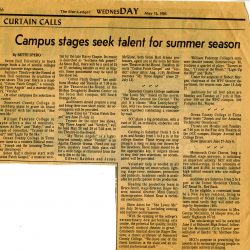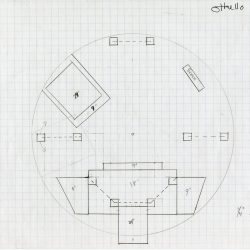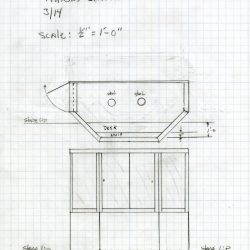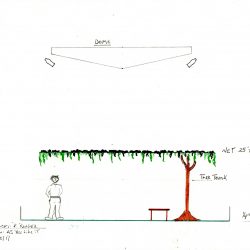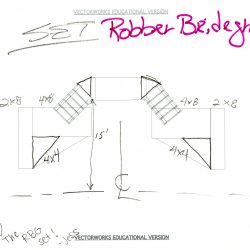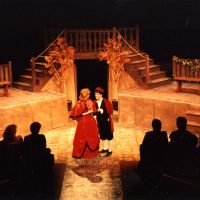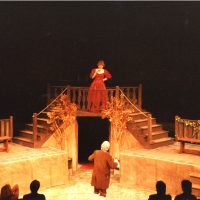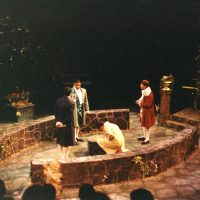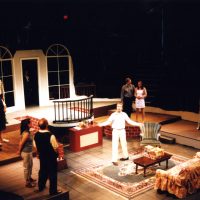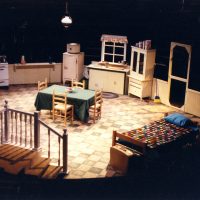Seton Hall University’s Theatre in the Round is a unique theatre compared to many others in New Jersey. It was built within the Bishop Dougherty Student Center. Based on the design of a classic roman forum the audience surrounds the stage with two entrances on the sides. Although it could seem like a difficult task to perform when your audience surrounds you, former actors from Theatre in the Round have described the experience as a “naturalistic space for acting” where you can have “intimacy with the audience”.
The theatre is run by the College of Communication and The Arts academic theatre program. Before it was known as Theatre in the Round, the program was originally known as the Workshop Theatre, below is one of the early playbills made in 1966 titled “J.B”.
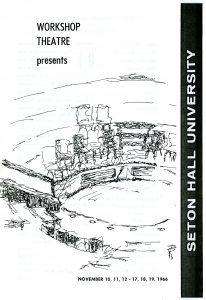
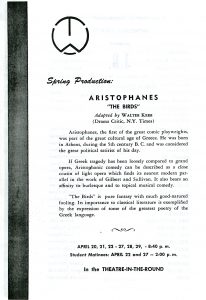
Currently, the Communications Department performs four times a year, two times at the Theatre in the Round at the Bishop Dougherty Student Center, which seats 190 people and two more times at the South Orange Performing Arts Center (SOPAC) near the South Orange train station, which seats 415).
This is an example of one of the early Theatre in the Round Playbills in the collection. The older playbills contained advertisements from local businesses, from restaurants to taxi services to carpentry services. This provides a window into the South Orange community at that time as well as the play itself.
https://issuu.com/setonhallmagazine/docs/theatre-in-the-round-playbill
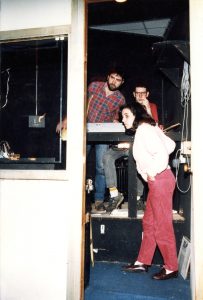
The circular design of the theatre may call for a delicate adjustment to some plays, many of the theatre props are placed on the edges facing inward towards the scene. The props themselves were usually designed on graph paper or in later years created on a graphics program. These drawings were then constructed in-house in a workshop.
Construction of a set sometimes took advantage of the theatre’s unique features, such as the entrance to construct props such as bridges or platforms using the raised sides of the entrances as support.
It takes a host different materials and personnel to run a play, from lumber to poster, and choreographers may be needed for a show. Older Theatre in the Round shows would sell tickets, contrary to a privately-owned company, revenue from tickets sold went to Seton Hall University as a whole and not directly to Theatre in the Round.
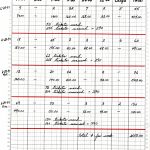
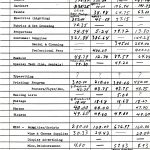
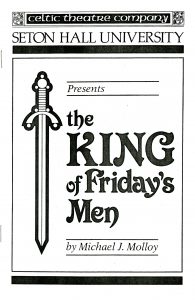
Established in 1982 by James McGlone, The Celtic Theatre Company was created to perform and celebrate Irish plays that were rarely seen in the United States. CTC performed the majority of their plays at Theatre in the Round at Seton Hall.
One of the more well-known plays produced was “Pishouge” which debued its world premiere at Theatre in the Round.
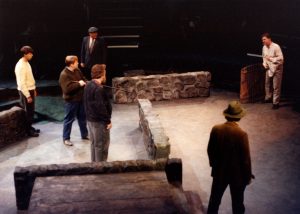
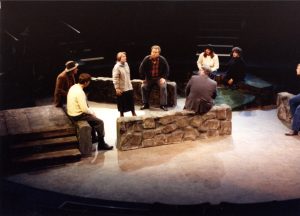
The company also produced newsletters to distribute to members and patrons. The Celtic Theatre Company has been dormant in most recent years, but members still give lectures about their experiences.
